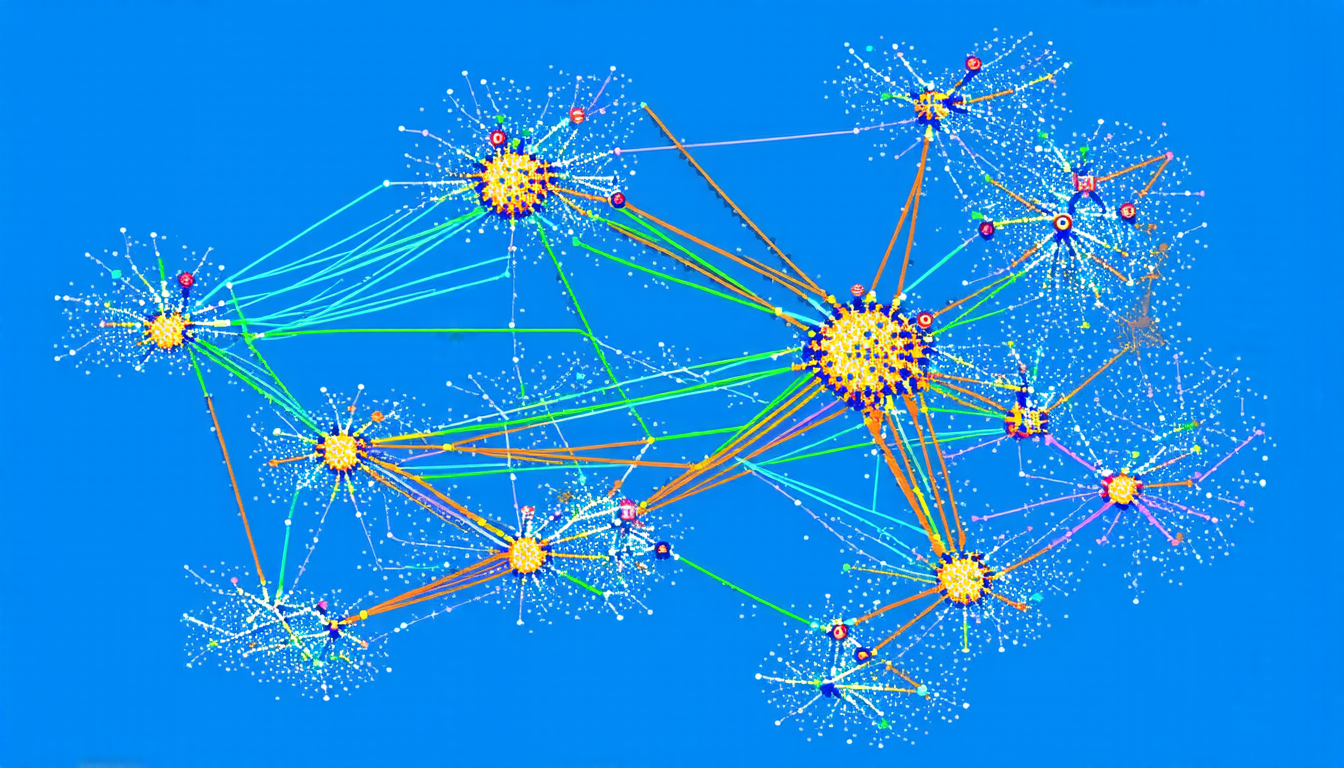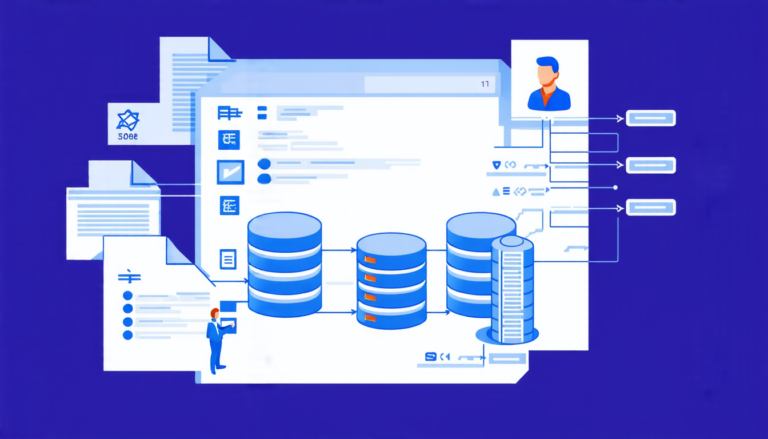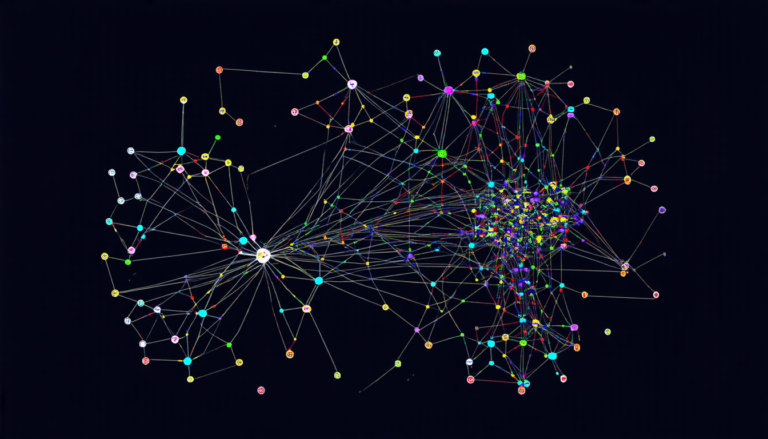Friday 12 September 2025
The quest for better community detection on large graphs has been a longstanding challenge in computer science. Graphs, which consist of nodes and edges that represent relationships between them, are ubiquitous in modern data analysis. From social networks to biological pathways, understanding the structure and patterns within these graphs is crucial for making informed decisions.
Recently, researchers have turned to large language models (LLMs) to tackle this problem. LLMs have shown remarkable capabilities in natural language processing tasks, but their application to graph analysis has remained underexplored. A new paper proposes a novel approach that leverages the strengths of LLMs in community search tasks.
The authors introduce CS-Agent, a dual-agent collaborative framework that combines the abilities of two LLMs working together. The first LLM acts as a solver, generating an initial set of communities based on its understanding of the graph structure. The second LLM serves as a validator, refining these results through iterative feedback and refinement.
This process allows CS-Agent to dynamically adapt to the graph’s complexity and noise, producing more accurate and stable community detections. Traditional methods often rely on manual tuning or fine-tuning, which can be time-consuming and require domain expertise.
The researchers evaluated CS-Agent on a range of benchmark graphs, including social networks, biological pathways, and citation networks. The results showed that CS-Agent significantly outperformed existing methods in terms of community quality and stability.
One key advantage of CS-Agent is its ability to handle large graphs with ease. Traditional algorithms can become computationally expensive when dealing with massive datasets, but LLMs are designed to process vast amounts of data efficiently. This makes CS-Agent an attractive solution for real-world applications where scalability is crucial.
The authors also explored the limitations of their approach, highlighting areas where further research is needed. For instance, they noted that while CS-Agent can detect communities with high accuracy, it may struggle to identify small or isolated clusters.
Despite these challenges, the potential implications of CS-Agent are significant. By combining the strengths of LLMs and graph analysis, researchers can develop more sophisticated tools for understanding complex systems. This could have far-reaching applications in fields like epidemiology, finance, and cybersecurity.
As we continue to grapple with the complexities of large graphs, it’s clear that innovative approaches like CS-Agent will play a crucial role in unlocking their secrets.
Cite this article: “Unraveling Complex Graphs: A Novel Approach Using Large Language Models”, The Science Archive, 2025.
Large Graphs, Community Detection, Large Language Models, Graph Analysis, Computer Science, Data Analysis, Social Networks, Biological Pathways, Citation Networks, Scalability, Machine Learning







